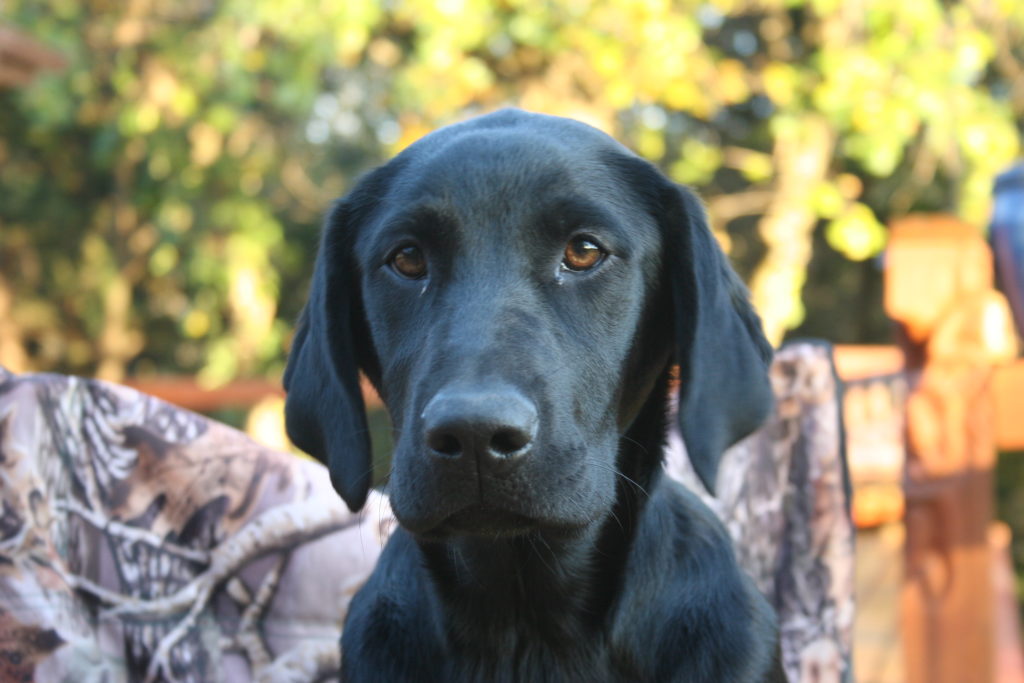What Should I Look For In A Dog Fence?

In addition to creating a sense of privacy and keeping out intruders, one of the most common reasons for installing a residential fence is keeping pets from wandering off. While some homeowners default to shock collars and electronic fencing, there are distinct advantages to having a traditional physical fence. To start with, dogs’ biggest temptation for leaving the yard is humans, squirrels, or—indeed—other dogs they want to chase or play with. Moreover, it’s not uncommon for them to just take a shock and run through the electronic fence. Faced with an actual three-dimensional fence, however, their visibility of the outside world becomes limited and it’s less easy for them to leave the yard—provided you’ve installed the right type of fence.
So what is the best type of dog fence? And which one(s) best fulfill the other needs of fencing—privacy, security, curb appeal? (Before reading on, please note that, depending on where you live, city/county permits might be required to build a fence; and that homeowners associations occasionally dictate what type of fencing is permissible. Heights and materials fall under their jurisdiction sometimes, as well.)
FOR A FREE ESTIMATE:
What are the general benefits of dog fences?
In addition to everything mentioned above (reduced distraction, a physical barrier to keep pets from leaving the yard), dog fencing allows your furry friend to go outside without being leashed or supervised. This is especially convenient during morning routines when you’re prepping for work and your pooch suddenly needs to “do their business.” Without a fence, you’d have to leash and accompany them—and then rush to finish getting ready before hitting the road; with a fence, however, you simply let your dog into the yard and go about your routine. What’s more, local ordinances sometimes require dogs to be leashed or contained; a fence reduces the likelihood of neighborhood complaints and code violations.
Keeping pets contained naturally helps protect them from cars, but the main benefit that fencing provides over leashes is exercise. Leashed, your dog can only walk around so much, and it’s not uncommon for restless canines to get tangled up around objects such as posts. Fenced in, however, they can roam the yard freely.
What is the best type of dog fence?
The three most common types of dog fence material are vinyl, wood, and chain link. Each type comes with its own strengths and weaknesses.
- Chain link. Chain link fencing is one of the most common forms of residential fencing because it is so welcoming: secure yet allowing visibility of and to the outside world. For homes with restless dogs determined to escape their yard, however, chain link fencing is not so efficient. Clear views to the other side mean your dog will be able to readily spot anything they’re determined to chase, and most breeds can easily climb chain link mesh. Some homeowners attempt to solve this problem by adding height extensions to their fence, but this usually winds up being a waste of money, as dogs are smart and quickly realize they just have to climb a little higher.
- Wood. When it comes to wood fencing, design factors into how efficient the end product will be for containing pets. For example, although picket fences are very elegant and boost curb appeal, most small dog breeds can crawl between the bars while bigger breeds have been known to bound over or even chew their way to freedom. Solid wood fencing tends to be more impervious: blocking the outside world, providing a sense of privacy, and helping prevent dogs from escaping.
- Vinyl. When it comes to dog fences, vinyl solid privacy fencing is tall enough to contain even larger breeds. The build prevents dogs from crawling or chewing their way through, and also prevents them from seeing other dogs. What’s more, vinyl is more shock-absorbent and flexible than wood fencing. Vinyl is the most in-demand form of residential fencing, as it lends privacy, security, and boosts curb appeal.
